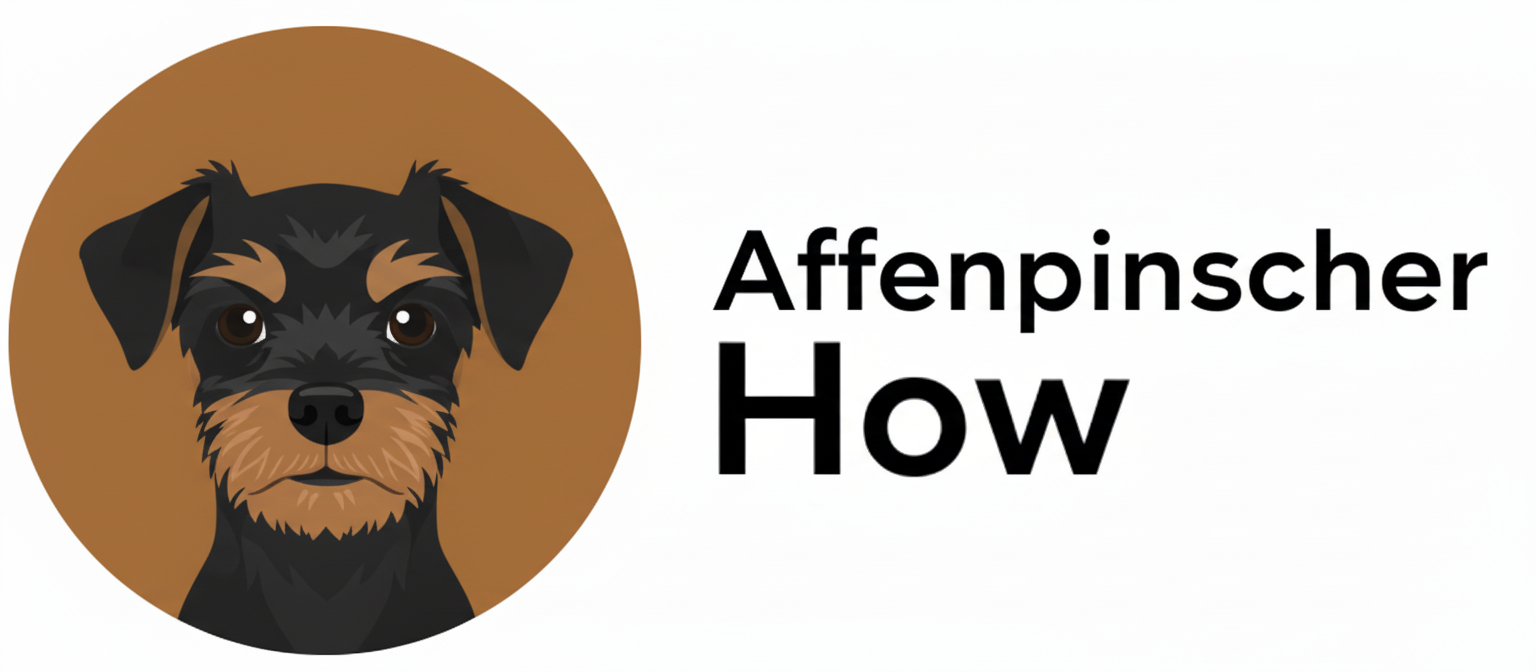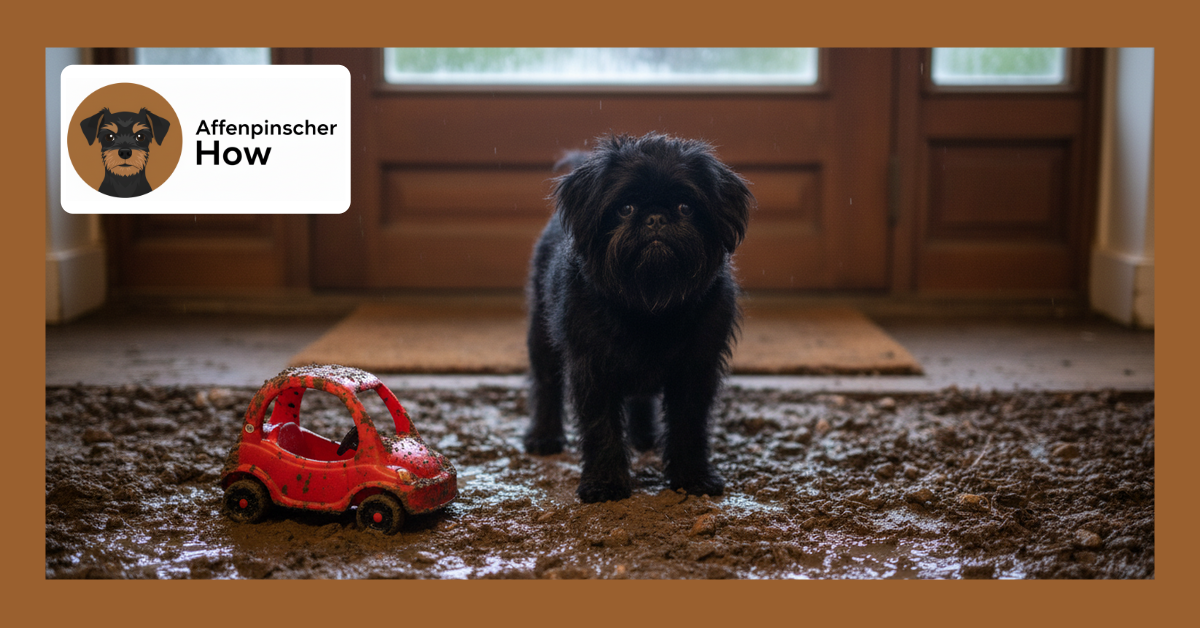Can a toy breed weighing just 7-10 pounds truly excel as a bird dog? While traditional hunting dogs like Pointers and Retrievers dominate the field, some adventurous dog owners are exploring whether breeds like the Affenpinscher can adapt to bird work.
Affenpinscher bird dog training is technically possible but requires significant modifications to traditional methods due to the breed’s small size, independent nature, and physical limitations. Success depends on focusing on scent work, short training sessions, and realistic expectations rather than full field competition.
The spirited Affenpinscher, originally bred as a rat hunter in Germany, possesses the prey drive and intelligence needed for bird work. However, their tiny stature and stubborn personality create unique challenges that require specialized approaches. According to expert trainers, this breed thrives on positive reinforcement and mental stimulation rather than traditional correction-based methods.
Understanding the Affenpinscher’s Hunting Potential
The Affenpinscher’s terrier ancestry provides a solid foundation for hunting instincts. These dogs were originally developed to hunt rats and small vermin in stables and kitchens, giving them natural prey drive and alertness.
Their compact size (7-10 pounds) and fearless attitude make them surprisingly capable of tracking and locating birds. However, physical retrieving of larger game birds presents obvious limitations.
Unlike traditional bird dogs, Affenpinschers excel in specific hunting roles:
- Scent tracking and bird location
- Flushing small upland birds
- Working in dense cover where larger dogs struggle
- Alerting hunters to bird presence
Core Training Principles for Affenpinscher Bird Work
Traditional bird dog training emphasizes obedience, field manners, and clear leadership. These principles apply to Affenpinschers but require significant modifications.
Rick Smith, a renowned bird dog trainer, advocates for foundational obedience as the cornerstone of all hunting training. For Affenpinschers, this means mastering basic commands before attempting any field work.
Essential Foundation Commands
Start training at 8 weeks with these critical commands:
- Sit and Stay: Build impulse control essential for bird work
- Come: Crucial for safety in the field
- Heel: Maintains position during hunting
- Leave It: Prevents inappropriate prey pursuit
Training sessions should last only 5-10 minutes to prevent boredom. Affenpinschers lose interest quickly with repetitive exercises.
Prey Drive Management
The Affenpinscher’s strong prey drive requires careful channeling rather than suppression. Begin with controlled exposure to bird scents and sounds around 12-16 weeks of age.
Use positive associations with bird-related stimuli through treats and praise. Never allow uncontrolled chasing, as this builds bad habits difficult to break later.
Step-by-Step Affenpinscher Bird Dog Training Method
This modified approach adapts traditional bird dog methods for the Affenpinscher’s unique characteristics:
Phase 1: Foundation (8-16 weeks)
Focus exclusively on basic obedience and socialization. Introduce bird scents through scented toys and controlled exposure to feathers.
Practice recall in secure, fenced areas. Affenpinschers’ independent nature makes solid recall non-negotiable for field work. For comprehensive guidance on this critical skill, consider our puppy recall training guide.
Phase 2: Introduction to Birds (4-6 months)
Begin with caged birds or bird wings on a fishing line. Allow controlled interaction while maintaining obedience commands.
Teach “steady” command to prevent rushing. This proves more challenging for Affenpinschers than traditional sporting breeds due to their impulsive nature.
Phase 3: Field Introduction (6-8 months)
Start in small, controlled areas with planted birds. Focus on scent work rather than retrieving due to size limitations.
Keep sessions under 20 minutes to prevent exhaustion. The Affenpinscher’s small size means limited stamina compared to traditional bird dogs.
Comparing Affenpinschers to Traditional Bird Dogs
| Characteristic | Affenpinscher | Traditional Bird Dogs |
|---|---|---|
| Size | 7-10 pounds | 45-80 pounds |
| Stamina | Low-Moderate | High |
| Trainability | Moderate (stubborn) | High |
| Prey Drive | High | High |
| Best Role | Scent work, small game | Full field work, retrieving |
Common Challenges and Solutions
Training an Affenpinscher for bird work presents unique obstacles that require creative solutions:
Stubbornness and Independence
Affenpinschers think independently, often questioning commands. Combat this with varied training routines and high-value rewards.
Never use harsh corrections, as this breed shuts down quickly. Positive reinforcement proves far more effective than traditional correction methods. For detailed strategies on managing this breed’s unique temperament, explore our comprehensive obedience training guide.
Physical Limitations
Accept that full retrieving work may be impossible. Focus on the Affenpinscher’s strengths: scenting ability, alertness, and enthusiasm.
Consider using smaller dummy birds or focusing on pointing and flushing rather than retrieving heavy game.
Attention Span Issues
Keep training sessions short and engaging. Use multiple short sessions throughout the day rather than extended training periods.
Incorporate games and mental challenges to maintain interest and prevent boredom.
Success Stories and Realistic Expectations
While no documented cases exist of Affenpinschers competing at high levels in bird dog trials, some owners report success with modified hunting roles.
These dogs excel as companions for upland bird hunting, alerting hunters to bird presence and working in areas too dense for larger dogs.
Set realistic goals focused on the dog’s enjoyment and mental stimulation rather than competition-level performance. The journey often proves more rewarding than the destination.
Remember that Affenpinscher bird dog training success depends on understanding breed limitations while maximizing natural abilities. Focus on scent work, short sessions, and positive reinforcement for the best results.
Frequently Asked Questions
Can Affenpinschers really be trained as bird dogs?
Yes, but with significant modifications to traditional methods. Focus on scent work and alerting rather than full retrieving. Their small size limits carrying capacity, but their prey drive and intelligence make basic bird work possible with patience and proper training techniques.
What age should I start bird dog training with my Affenpinscher?
Begin basic obedience at 8 weeks, introduce bird scents around 12-16 weeks, and start field introduction around 6 months. Early socialization proves crucial for success, but avoid overwhelming young puppies with intense training sessions.
How long should training sessions last for Affenpinschers?
Keep sessions to 5-10 minutes for basic training and 15-20 minutes maximum for field work. Affenpinschers bore quickly with repetition, so multiple short sessions throughout the day work better than extended training periods.
What types of birds work best for Affenpinscher training?
Start with small upland birds like quail or dove rather than large waterfowl. Use scented training dummies initially, then progress to bird wings on fishing line before introducing live caged birds for controlled exposure.
Are Affenpinschers suitable for competitive bird dog trials?
Competitive success is unlikely due to physical limitations and size restrictions in most trials. However, they can excel in modified hunting roles and provide excellent companionship for upland bird hunters in specific terrain conditions.
What equipment do I need for Affenpinscher bird dog training?
Essential items include a properly fitted collar, long training lead, bird scent training aids, small training dummies, and treats for positive reinforcement. Avoid heavy equipment designed for larger breeds that may overwhelm small dogs.
How do I manage my Affenpinscher’s prey drive during training?
Channel prey drive through controlled exercises rather than suppression. Use positive associations with bird scents, practice steady commands, and never allow uncontrolled chasing. Consistent boundaries and immediate rewards for correct behavior prove most effective for this independent breed.

